Airbus A320 Windjet
Production Time 9 to 10 weeks
Shipment is by FedEx, UPS or DHL International Express Courier with a normal door-to-door delivery time worldwide of within 2-3 business days after dispatch. Due to the current volatility of world fuel prices, the amount mentioned here is our best estimate for DHL and UPS and may be subject to change at the time of shipping.

Model Description: Airbus A320 Windjet Wood Replica Scale Custom Model Aircraft
Manufacturer: Airbus Industries
Wingspan: 16.2 Inches (41.2 Centimeters)
Height: 5.3 Inches (13.5 Centimeters)
Scale: 1:87
Registration: EI-DFO
Price for Regular Model as Size and Scale above: $239.50
$179.50 – $329.50
-
United States dollar ($)
-
Pound sterling (£)
-
Euro (€)
-
Australian dollar ($)
-
Canadian dollar ($)
-
Singapore dollar ($)
-
Swiss franc (CHF)
-
Japanese yen (¥)
-
Danish krone (kr.)
-
Hong Kong dollar ($)
-
Norwegian krone (kr)
-
Swedish krona (kr)
-
United Arab Emirates dirham (د.إ)
General Product Description
Our PlaneArts Airbus A320 Windjet model exhibits unique, unrivaled quality and detailed design to come as close as possible to the accuracy of the actual plane. It comes as standard with a robust, durable base or stand which is available in a variety of different finishes designed to match your own personal requirements including solid wood, wood with polished metal supports or adjustable wood wall mount and will be ready within about 9-10 weeks from placement of order.
The Airbus A320 Windjet model is made of the finest kiln dried renewable mahogany wood (commonly known as Lauan or Meranti) which has undergone many stages of carving and meticulous and careful sanding giving the beautiful finished museum quality masterpiece. Many collectors and model connoisseurs demonstrate their preference for genuine handmade and hand painted mahogany wood models rather than plastic or die cast (diecast) alternatives due to the overall look and totally different feel of the item - we trust you will find the same. We can, however, if required produce the same model in Solid Cast Resin so just click and contact us us for further information. Our craftsmen and gifted artisans ensure that our finely handcrafted model airplanes match the precise blueprint details of the original aircraft. The paint scheme, markings and parts are closely matched, reflecting the original aircraft. This stylish top-quality desktop replica model will surely enthrall anyone who receives this as a gift and for sure one of the most appropriate and desirably collectable gifts for any aviation enthusiast and avid aircraft collector whilst also displaying a perfect resemblance to the actual aircraft.
If you require we can also make the Airbus A320 Windjet model in any other airline, private livery or colour scheme you require and if necessary in a different size or scale. Just click here to contact us with a description or photographs of what you require, and we will let you have a quotation for the necessary customization by return email. We can also make bespoke scale replicas of any other private / civil commercial airliner or airliners, helicopter, glider, gliders with engines, military jet, warplane jets, propeller warplanes, biplane, triplane, tail fin, spacecraft, rocket or NASA model you require in any airline, military or civilian livery or colors. We also produce model airships, blimp, dirigible, blimps, boat and ship collectibles. Wall plaque or seal for military, government or private customers. Again, by clicking here to contact us just let us know exactly what you need.
Airbus A320 and Wind Jet: A Partnership in Italian Skies
The Airbus A320 is a workhorse in the aviation industry, known for its efficiency, versatility, and wide range of capabilities. Among the airlines that leveraged this aircraft’s strengths was Wind Jet, an Italian low-cost carrier that operated from 2003 to 2012. This article explores the significance of the Airbus A320 in Wind Jet’s fleet, how it helped shape the airline’s operations, and the impact of the A320 on the short-haul market in Italy.
A Brief Overview of the Airbus A320:
The Airbus A320 family, introduced in 1988, quickly became a staple for short- to medium-haul routes worldwide. It offered a combination of efficiency, advanced technology, and passenger comfort that appealed to both full-service and low-cost carriers. With seating for 150 to 186 passengers, depending on the configuration, the A320 provided a balance between capacity and range, making it ideal for regional and European flights.
One of the A320’s defining features is its fly-by-wire system, a first in commercial aviation. This technology enhanced the aircraft’s safety and fuel efficiency while reducing pilot workload. Its spacious cabin and overhead bins, coupled with the aircraft’s ability to operate on shorter runways, made it a favorite among airlines.
Wind Jet: The Rise of a Low-Cost Italian Airline
Wind Jet was established in 2003 as a low-cost airline headquartered in Catania, Sicily. It quickly positioned itself as a budget-friendly option for Italian and European travelers. The airline offered routes connecting major Italian cities such as Rome, Milan, and Catania with popular European destinations, focusing on affordability and accessibility.
Wind Jet’s strategy revolved around providing competitive fares with a no-frills approach, a model that aligned well with the European low-cost market trend at the time. With Sicily as its primary hub, Wind Jet catered to a growing demand for regional travel, making air travel more accessible to locals and tourists alike.
The Role of the Airbus A320 in Wind Jet’s Fleet:
The Airbus A320 played a pivotal role in Wind Jet’s fleet strategy. The airline operated several A320s, taking advantage of their fuel efficiency and passenger capacity to maximize profitability on its short- and medium-haul routes. The A320’s range of up to 3,300 nautical miles allowed Wind Jet to expand its network, reaching cities in Eastern Europe, France, Spain, and beyond.
For Wind Jet, the A320 was not just a means of transportation; it represented the backbone of its operations. The aircraft’s operational flexibility allowed the airline to adjust its seating configurations, optimizing space for different market needs. This adaptability helped Wind Jet cater to both business travelers seeking convenience and leisure travelers looking for budget-friendly options.
Passenger Experience on Wind Jet’s A320:
Wind Jet’s Airbus A320s were configured to maximize seating, aligning with the low-cost model that prioritizes more seats over extra amenities. While this approach meant a tighter seating arrangement, it allowed Wind Jet to offer some of the lowest fares on the market.
The A320’s cabin design ensured a relatively comfortable experience despite the dense seating configuration. Passengers enjoyed the A320’s spacious overhead bins and quieter engines compared to older aircraft models, contributing to a more pleasant journey. For many travelers, Wind Jet’s A320 flights offered an affordable and efficient way to travel across Europe.
Challenges and Legacy:
Despite its strategic use of the Airbus A320, Wind Jet faced challenges that ultimately led to its closure in 2012. Rising fuel costs, increasing competition from other low-cost carriers, and financial difficulties put pressure on the airline’s operations. In August 2012, Wind Jet ceased operations, leaving a void in the Italian low-cost market.
The legacy of Wind Jet and its A320 fleet remains a testament to the potential and challenges of low-cost aviation in Europe. The airline’s approach demonstrated how the Airbus A320 could be a cornerstone for growth in the budget airline sector, enabling rapid expansion and market reach.
Conclusion: A Lasting Impact on Regional Aviation
The Airbus A320’s role in Wind Jet’s operations highlighted the aircraft’s versatility and value in the low-cost segment. While Wind Jet’s time in the sky was relatively short, its reliance on the A320 illustrated the importance of selecting the right aircraft for a competitive market. The story of Wind Jet and its A320 fleet serves as a chapter in the broader narrative of European low-cost carriers, reflecting the opportunities and challenges faced by budget airlines in a dynamic industry. Today, the A320 remains a symbol of innovation and efficiency, continuing to serve airlines around the world.
| Weight | 6 kg |
|---|---|
| Dimensions | 17 × 16.2 × 5.3 in |
| Alternative Scale and Sizes | Scale = 1:200 Length = 7.40 in. (18.80 cm) = Wingspan = 7.0 in. (17.90 cm) (reduced freight charge will show before final checkout), Scale = 1:144 Length = 10.30 in. (26.10 cm) = Wingspan = 9.80 in. (24.90 cm) (reduced freight charge will show before final checkout), Scale = 1:100 Length = 14.80 in. (37.60 cm) = Wingspan = 14.10 in. (35.80 cm) (reduced freight charge will show before final checkout), REGULAR MODEL AS SHOWN ABOVE: SCALE = 1:87 LENGTH = 17.0 in. (43.20 cm) = WINGSPAN = 16.2 in. (41.20 cm) (freight charge will be shown during final checkout), Scale = 1:72 Length = 20.50 in. (52.20) = Wingspan = 19.60 in. (49.70 cm) (increased freight charge will show before final checkout) |

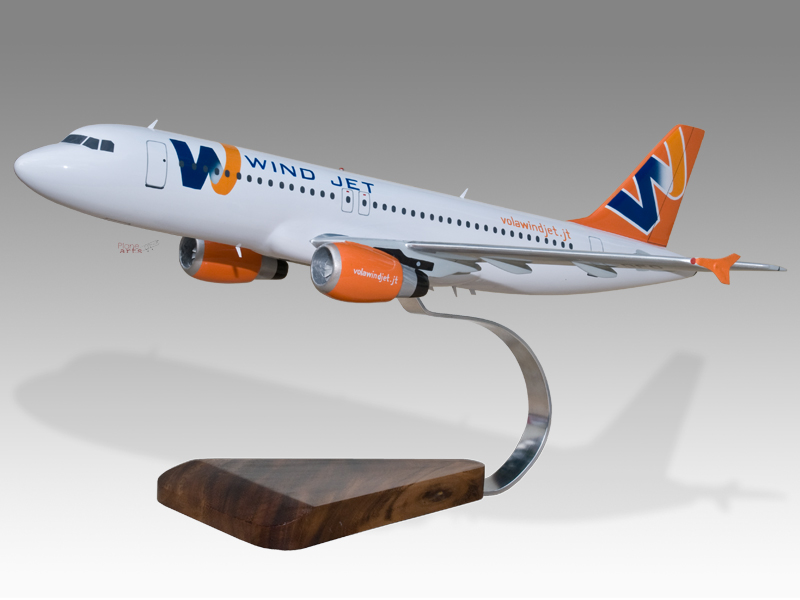
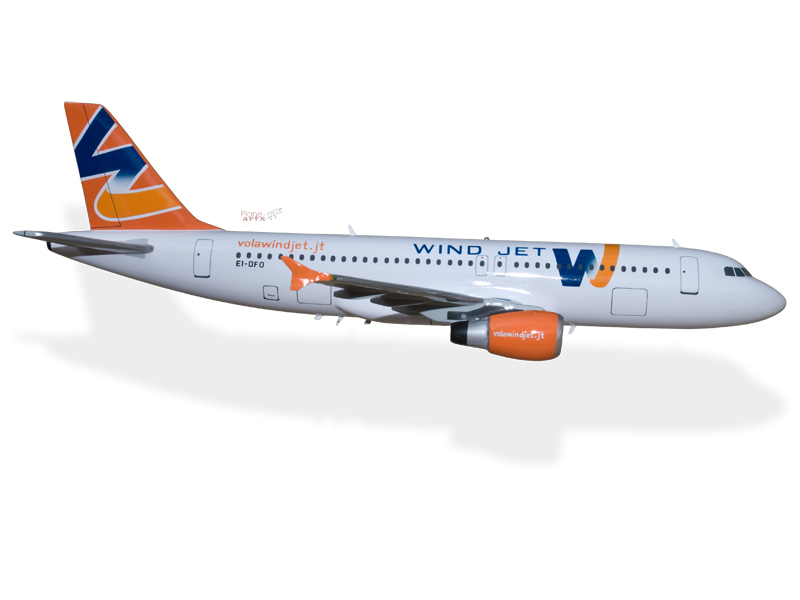
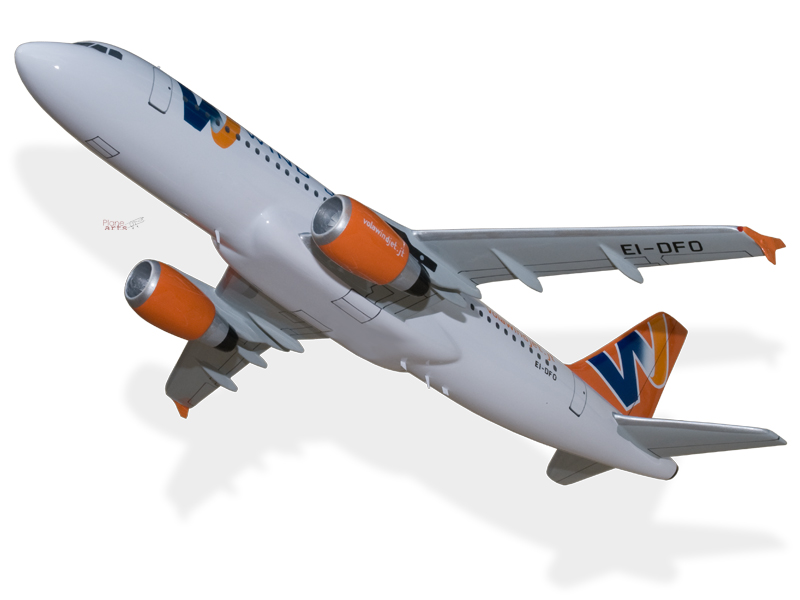
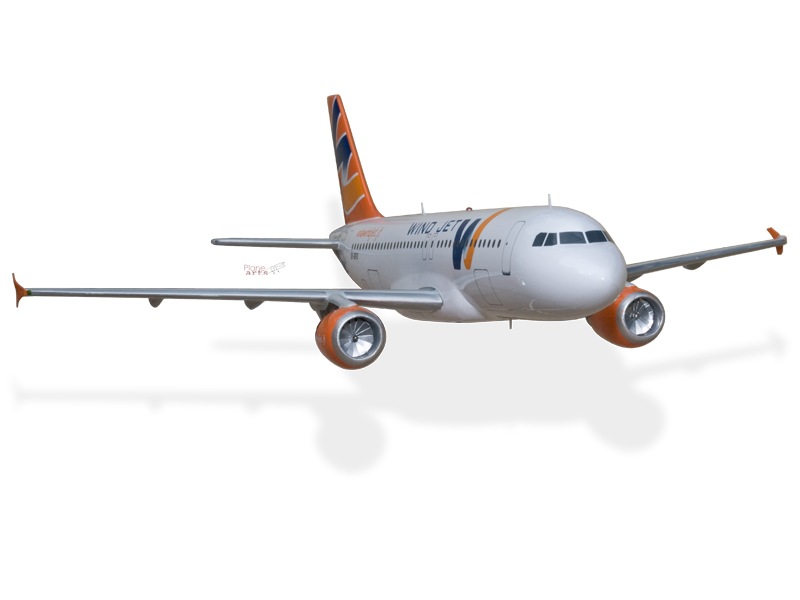
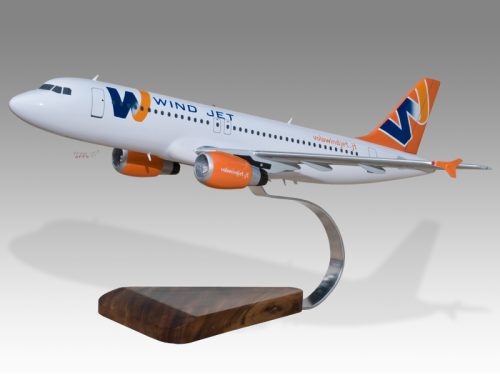
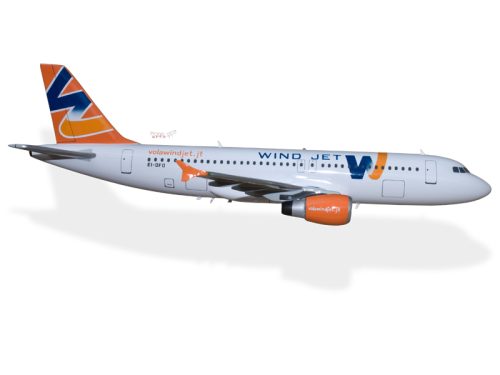

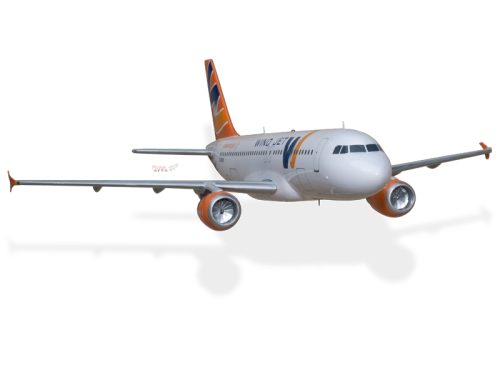

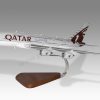
Reviews
There are no reviews yet.